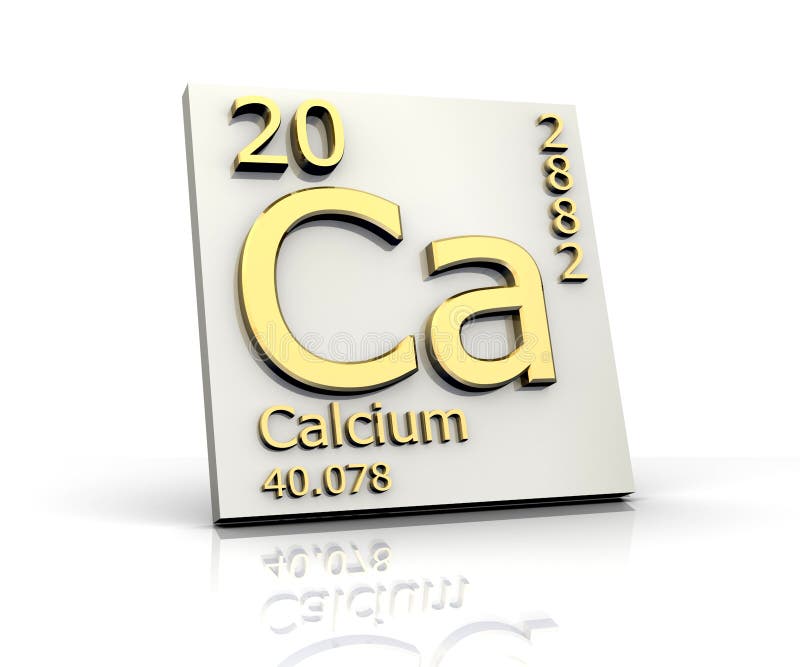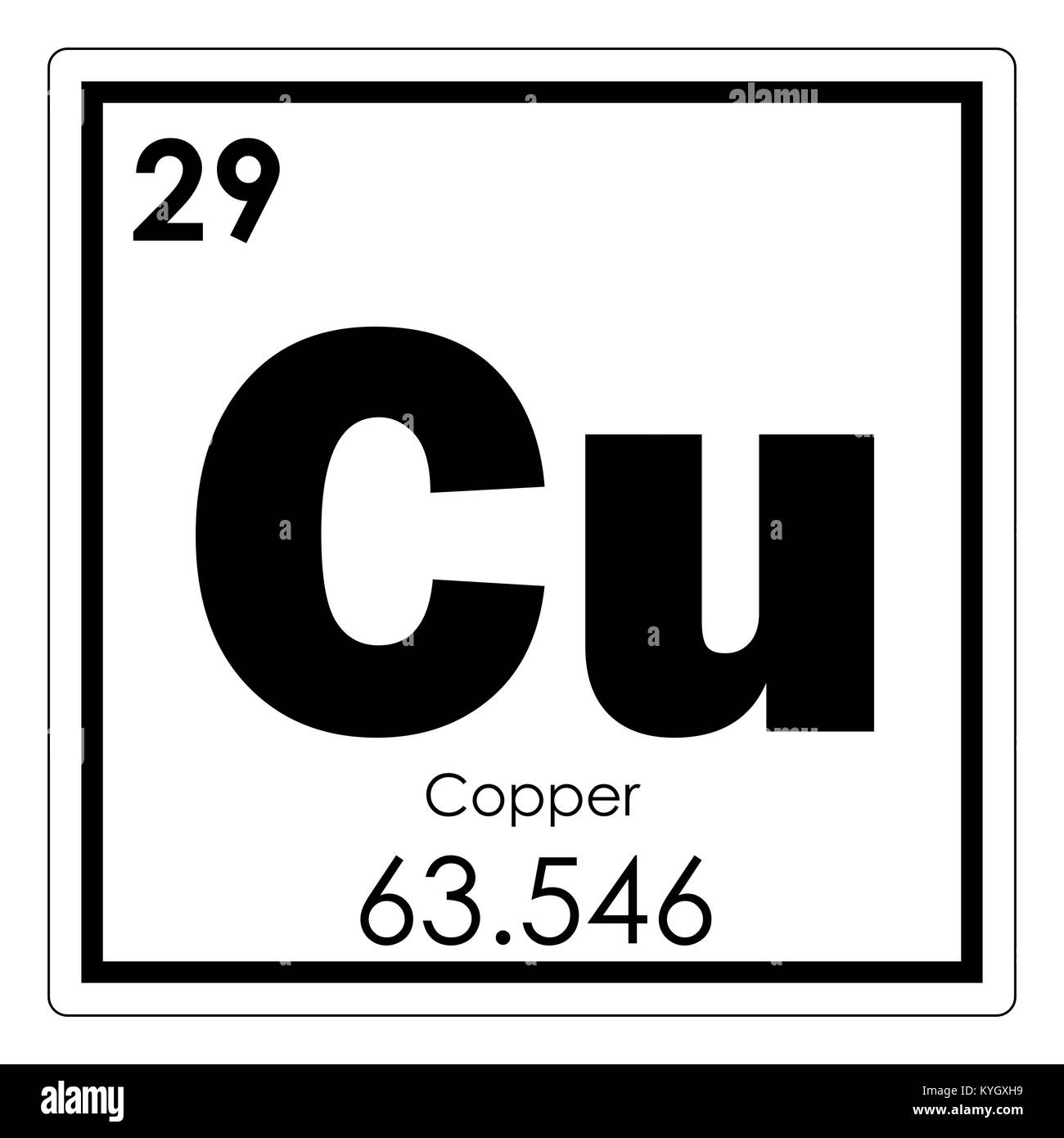
Visit Bodycote’s new Interactive Periodic Table to view this information and more graphically. Chemical symbolįrom the Latin Argentum which originally meant shining metalįrom the Latin Aurum which originally meant yellowįrom Cuprum, the Latin name for Cyprus, the Roman source of copperįrom the Latin Hydragyrummeaning liquid silverįrom Natrium, the Latin namefor sodium carbonateįrom the Latin Plumbummeaning soft white metalįrom the Latin Stibiummeaning cosmetic powderįrom Wolfram, an old name for the element derived from its ore, Wolframite In those cases, the origin of the symbol used is given. Calcium being a metal of group II forms a divalent cation, Ca2+. A very few elements have symbols which appear to have no relationship with their names. Calcium chloride is made up of two elements i.e., calcium and chlorine. In some cases, the first letter together with some other letter from their name was used, particularly when their first two letters had already been allocated to another element. Most chemical elements are represented symbolically by two letters, generally the first two in their name. Calcium (Ca) Carbon (C) oxygen (O2) Wiki User. Powdermet® Selective surface net shape (SSNS)Īnti-Slavery and Human Trafficking Statement Best Answer Copy The formula for calcium carbonate is CaCO3, so the elements involved are calcium (Ca), carbon (C) and oxygen (O). Sub-critical annealing / intercritical annealing Specialty Stainless Steel Processes (S 3P) Precipitation hardening: Stainless steels In digital computing, the Muller C-element ( C-gate, hysteresis flip-flop, coincident flip-flop, or two-hand safety circuit) is a small binary logic circuit widely used in design of asynchronous circuits and systems. The percentage by weight of any atom or group of atoms in a compound can be computed by dividing the total weight of the atom (or group of atoms) in the formula by the formula weight and multiplying by 100.Case hardening with subsequent hardening operationĬase hardening without subsequent hardening operationįluidised bed/salt bath nitriding/nitrocarburising If the formula used in calculating molar mass is the molecular formula, the formula weight computed is the molecular weight. Using the chemical formula of the compound and the periodic table of elements, we can add up the atomic weights and calculate molecular weight of the substance. These relative weights computed from the chemical equation are sometimes called equation weights. The formula weight is simply the weight in atomic mass units of all the atoms in a given formula.įormula weights are especially useful in determining the relative weights of reagents and products in a chemical reaction. B belongs to group 7 based on the valence shell electronic configuration of 7.

When calculating molecular weight of a chemical compound, it tells us how many grams are in one mole of that substance. Element A belonging to Group 2 and period 4, is Calcium (Ca).
#Ca element and c element formula how to
This site explains how to find molar mass.įinding molar mass starts with units of grams per mole (g/mol). The reason is that the molar mass of the substance affects the conversion. To complete this calculation, you have to know what substance you are trying to convert.

For bulk stoichiometric calculations, we are usually determining molar mass, which may also be called standard atomic weight or average atomic mass.Ī common request on this site is to convert grams to moles. This is not the same as molecular mass, which is the mass of a single molecule of well-defined isotopes. This is how to calculate molar mass (average molecular weight), which is based on isotropically weighted averages. The atomic weights used on this site come from NIST, the National Institute of Standards and Technology. In chemistry, the formula weight is a quantity computed by multiplying the atomic weight (in atomic mass units) of each element in a chemical formula by the number of atoms of that element present in the formula, then adding all of these products together.


 0 kommentar(er)
0 kommentar(er)
